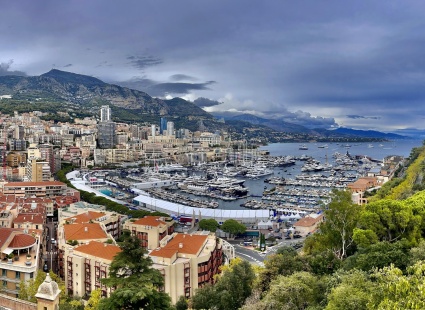OFF THE BEATEN TRACK – INDONESIA
Sailors tend to be adventurous people with a curiosity to see the world:
Individuals who know instinctively that the best possible way to encounter the wonders of the planet is by sea. Better still, from aboard your own yacht.
Despite this, and perhaps for reasons of restricted time or comforting familiarity, the Mediterranean and the Caribbean remain among the most popular sailing destinations for cruising yachtsmen. Yet the rewards of more distant regions can be so exceptional that the effort of reaching them will be repaid many times over, throughout a lifetime.
And for those prepared to go ‘off the beaten’ track, few destinations offer richer rewards than the magnificent Indonesian Archipelago as experienced by the Owners of Royal Huisman’s Ethereal, Twizzle, Gliss and Antares.

Indonesia: what’s so special?
Stretching some 3,000 km / 1860 miles from Sumatra in the Indian Ocean to western Papua in the Pacific, Indonesia is a stunning archipelago of around 17,000 islands (official government figure, but estimates vary). With a generally kind tropical climate, these islands contain as great a diversity of flora and fauna, marine and terrestrial geography, human culture and ancient treasures as can be found anywhere the world. Each individual island offers yet another amazing world to experience, often just a day’s sail from the last.
Indonesia is the world’s fourth most populous state. Yet, with 85% of its population living on Java, Sumatra and Borneo, the vast majority of islands in this vast archipelago offer pristine wilderness, both above and below the ocean, inhabited (if at all) by small and distinct ethnic groups, often living in primitive villages, and collectively speaking some 700 regional languages. The focus of international trade, migration, colonisation and settlement since at least the Seventh Century and accorded almost mythical status in the quest to find the Spice Islands during the Age of Discovery, Indonesia today presents an extraordinary mixture of peoples, religions and cultures woven into a fascinating and vibrant national fabric of almost limitless textures.

The Coral Triangle
Central and Eastern Indonesia form part of the Coral Triangle, the global centre of marine biodiversity, also known as the Amazon of the Seas. Covering just 1.6% of the planet’s oceanic area, the Coral Triangle is home to 75% of the world’s reef-building corals and 3,000 species of fish, including 2,000 species of reef fish. It provides a habitat for six of the world’s seven marine turtle species and large populations of tuna, whales, dolphins, porpoises, manta rays, dugongs and whale sharks. Eastern Indonesia alone is home to 1,650 species of reef fish. Little wonder Indonesia is renowned for its almost infinite supply of exceptional dive sites offering virtually guaranteed encounters with remarkable marine creatures, magnificent ocean landscapes of vibrant, healthy coral, submerged volcanic peaks and deep trenches and often outstanding visibility.
Landscape, flora and fauna
If all this were not enough, these myriad islands are strung together along a chain of 147 volcanoes, making Indonesia the country with the greatest number and density of active volcanoes anywhere in the world. These volcanoes provide a majestic backdrop to an exotic landscape, nourishing the soil to support widespread rainforests that, in turn, provide food and shelter for over 500 species of mammals and 1,500 species of birds. Many of these animals are extremely rare: around 40% can only be found in this extraordinary zoological outpost of a world long lost elsewhere.
Some of the larger animals are now threatened species: not least tiger, rhino, elephant, leopard and orangutan, which exist in greatly reduced numbers, mainly in the relative security of natural reserves. But encounters with truly surprising plants and creatures are not in the least unusual in Indonesia: this is, after all, the land of the Komodo dragon.
Collection provisions for Ethereal at the Sorong local market
Western Indonesia
Sumatra, Jakarta and Southern Borneo. Java is an over-populated island with relatively few good anchorages, so of limited appeal to cruising yachts. One cannot overlook archaeological treasures such as Borobudur Temple 1, the world’s largest Buddhist monument (built over 1200 years ago, lost under volcanic ash for centuries and re-discovered in the 19th century) or Java’s many other ancient palaces, temples and cities. However, for those seeking new experiences closer to the ocean, the best cruising grounds can be found at the eastern and western tips of the island.

To the west, in the Sunda Strait 2, lies Ujung Kulon National Park 3, protected islands sheltering the endangered Javan Elephant and Rhinoceros and the famous Anak Krakatoa 4 (Child of Krakatoa) volcano, all easily accessed from well-protected anchorages. Purwo National Park 5, at the eastern tip, has some of the best surfing spots on the planet, good dive sites, trekking trails and 400 km2 / 154 sq miles of tropical rain forest.
To the north, the SW tip of Borneo between the Sambar 6 and Puting 7 peninsulas offers an outstanding jungle trip that takes in the orangutan rehabilitation area near Pangkalan Bun 8. A north-westerly course from the Sunda Strait following the western coast of Sumatra leads you to the islands of Siberut 9 and Nias 10, just south and north of the equator respectively. Separated from Sumatra some 500,000 years ago, Siberut and the surrounding Mentawai Islands 11 have a unique ecosystem – of such importance that it is part of the Worldwide Network of Biosphere Reserves. The Mentawai people are hunter-gatherers on an island that is home to many rare and endemic species.
Nias island 10 has one of the few megalithic cultures (whose monuments reflect the Stone Age) still remaining in the world today. Its culture is extremely primitive, with stone altars, spectacular war dances, traditional architecture and ritual ceremonies handed down over thousands of years. Nevertheless, with their long trading history, the Nias people are friendly and welcoming to visiting sailors.
Left: Java – Center and left: Bali, rice terrace, Blimbing and Besakih Temple
Central Indonesia
This cruising area comprises a vertical slice through the Macassar Strait 12, from Sulawesi in the north to Sumba Island 13 in the south. Sulawesi is internationally famed for its dive sites which include Bunaken Marine Park 14 and the Togian Islands 15. It is also home to some truly fantastic animal species of which 79 species are endemic. The island is geographically fascinating, just one example being the chain of 14 active volcanoes arrayed along the narrow Gorontalo 16 peninsula in the north. The ancient Dutch trading port of Makassar 17, in the south-west, is energetic and bustling, its inhabitants an interesting mix of Makassarese, Chinese and Buginese peoples.The fierce Bugis pirates who once plagued European merchant ships are thought to be the source of the frightening “bogeyman” character who would appear, parents warned their children, if they did not behave.
Due south of Makassar is the Komodo national park 18, between Sumbawa 19 and Flores 20. This is a world heritage site, most famous of course for the Komodo dragons – some 6,000 of them – that live here, and here alone. The quality of the sailing in the Lesser Sunda Islands 21, together with the opportunity to see remarkable flora and fauna and to experience exceptional diving, easily justifies a ten day cruise in this national park. Not to be missed either is Sumba Island 13, a short day’s sail south. Known as the Cowboy Island of the South Seas, Sumba has a primitive culture yet its people are superb horsemen. The well-adapted species of horse they breed was once highly sought-after by European powers to fight their tropical wars, from India to South Africa.

Flores
Flores 20 (so-named by the first Portuguese explorers who were referring to the ‘sea flowers’, or coral, for which the island is now famous) offers visitors a cultural and geographical feast. The wild and inaccessible nature of Flores’ 450km / 280 miles of mountainous terrain has preserved the distinctive customs and cultures of some 25 different ethnic groups. 14 volcanoes straddle the chain, one of which, Kelimutu 22, features tri-coloured crater lakes. In 2003, scientists discovered, in a cave at Liang Bua 23, the remains of a previously unknown prehistoric human species – Homo Floresiensis – more colloquially known as the “Flores Hobbit”. There are also pristine lakes and waterfalls, unexplored caves, numerous spectacular dive sites, and a wealth of villages and cultural rituals to experience.
A good launch-pad for a cruise is the town of Maumere 24, in the north east of Flores. Going westwards there are numerous anchorages and dive sites within an easy sail of one another before you reach the Komodo national park. An easterly course offers easy access to the small islands of Alor 25 and Lembata 26, a wonderful area for whale-spotting where, to this day, the islanders of Lembata may occasionally be seen to hunt whales from small boats with hand-held harpoons.
This eastern tip of Flores presents a good embarkation point for the island of Timor 27 and for the adventurous, the island of Wetar 28, patrolled by salt water crocodiles.
Banda Islands
Tiny, remote specks in the Banda Sea 29, the location of the Banda Islands (more famously known as part of the original Spice Islands) was for centuries unknown to European traders and adventurers, and kept that way by the Arab traders who dealt in their exotic produce. Spice was far more than an exceptionally profitable tradeable commodity – it was the stuff of legend, a link to a Higher World: the produce perhaps of Paradise itself. Until the mid-19th century, these tiny islands remained the world’s only source of nutmeg and mace.
Discovery, conquest and colonisation by the Portuguese, seizure and re-colonisation by the Dutch and the English – all have left their mark in the form of crumbling colonial warehouses, mansions and administrative buildings. The Banda Sea is the world’s deepest in relation to its size. The eleven small, volcanic Banda Islands (of which seven are inhabited) rise up from a 5,000m / 16,400 feet deep ocean floor. This great depth has endowed these waters with fish of extraordinary bio-luminescence (the ability to self-generate bright light, generally to attract prey) as well as a huge variety of other species that make diving here so spectacular. The islands offer fine beaches, wonderful hikes through myristica – the source of nutmeg – and almond plantations, a highly rewarding early morning trek up the 656m volcano Gunung Api, great local food and superb line-of-sight sailing.

Raja Ampat and West Papua
The area containing the 1500 islands of Raja Ampat 31 is acknowledged as the Global Epicentre of Marine Biodiversity. Forming part of the “birds head” configuration that defines the north-west tip of West Papua 30, this is the very heart of the Coral Triangle. Benefitting from the confluence of the Pacific and Indian oceans, the region provides a vibrant habitat for marine life of such variety and abundance as to be almost beyond description. With crystal-clear waters, and light winds many say this is the Holy Grail of diving – even by Indonesian standards.

…many say this is the Holy Grail of diving – even by Indonesian standards…
Raja Ampat means “four kings”, referring to the four largest islands of Misool 32, Salawati 33, Batanta 34 and Waigeo 35. The culture and hospitality of the islanders is legendary, as is the geography and wildlife to be encountered. In a single day you might well see a Bird of Paradise while ashore and a whale shark while diving.

“…we spent seven fabulous mornings snorkeling with whale sharks in Triton Bay Indonesia. There were as many as four at a time.“
Antares’ Owners
If cruising for two weeks or more, head southeast from here to Fakfak 36 on the Bomberai peninsula 37, where the diving at Triton Bay 38 justifiably bears comparison with Raja Ampat 31. It also offers some rare adventurous opportunities: you can take a boat 40 miles inland, surrounded all the way by the jungle and its inhabitants, yet still with magnificent corals and reef fish beneath you.
Some 300 miles further south-east, explore the remarkable coast between Timika 39 and Agats 40. Here you can find some of the world’s most primitive tribes, explore coastal caves and sail before an astonishing backdrop of waterfalls that plunge into the ocean from the jungle high above.

Taking on the world (too)
Several more Royal Huisman yachts have been exploring various parts of the world. A selection of photos showing the thousands of adventurous ocean miles undertaken can be viewed on a separate section of this website: please find the section TAKING ON THE WORLD by following the links to DISCOVER > EXPERIENCE THE EXPERIENCE [click here for a link]
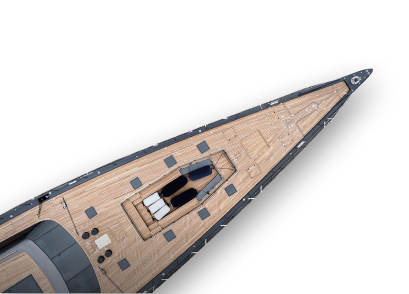
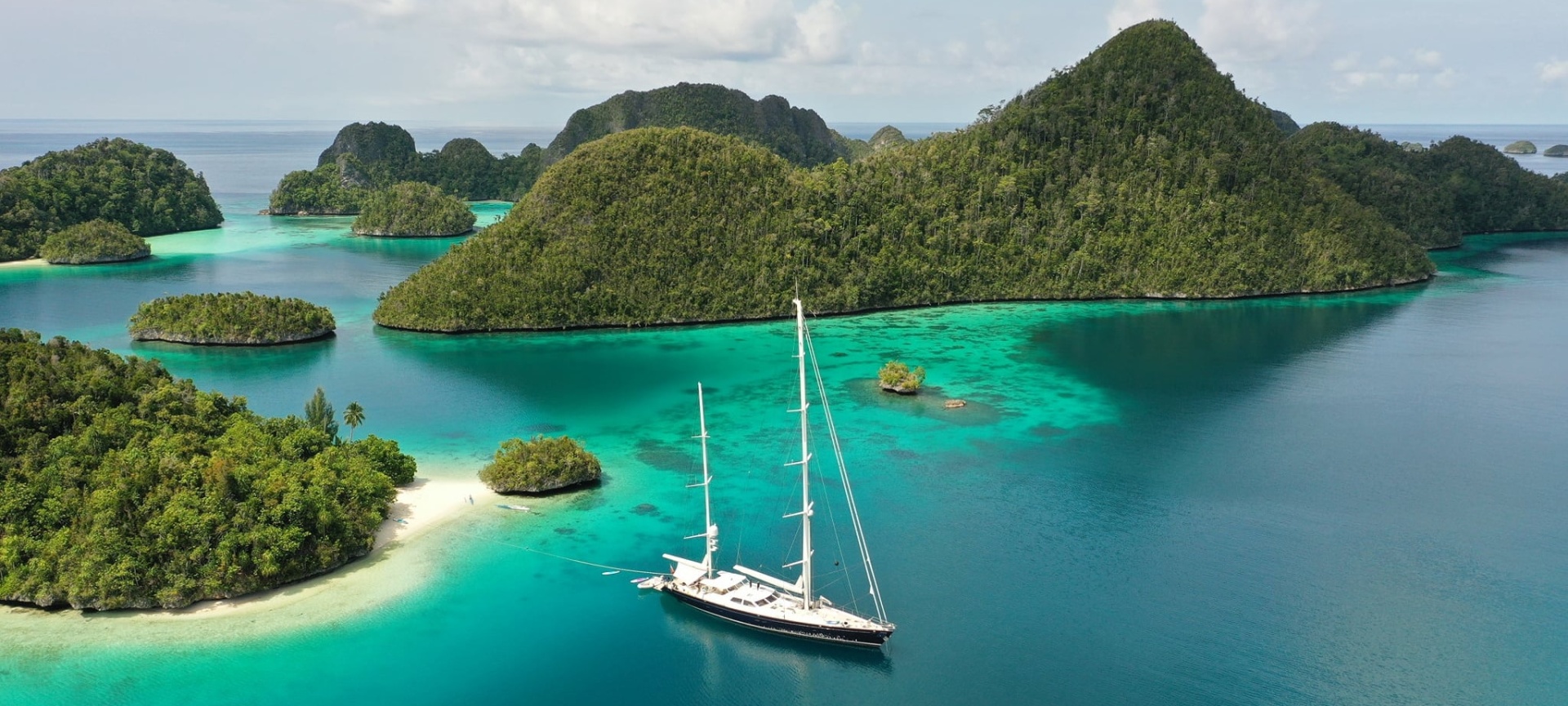
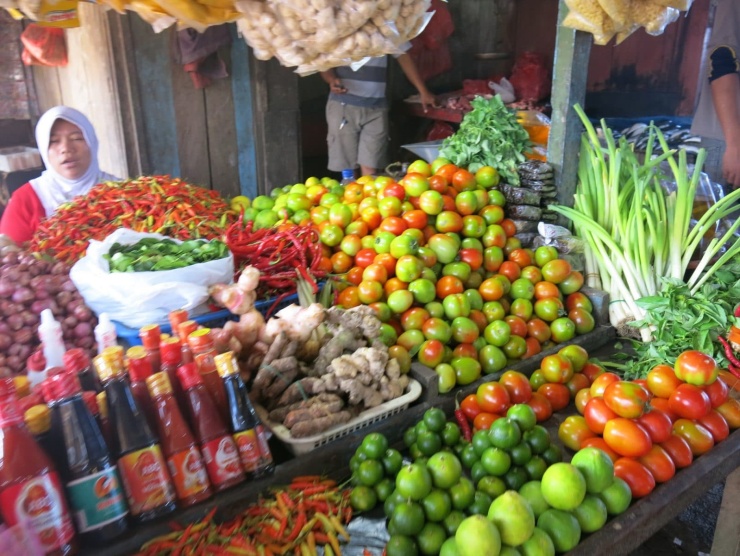
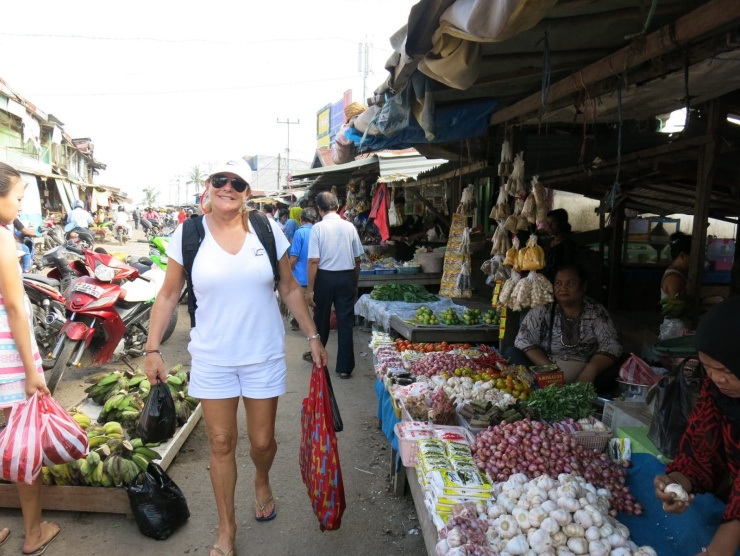
.jpg?resolution=740x556&quality=95)
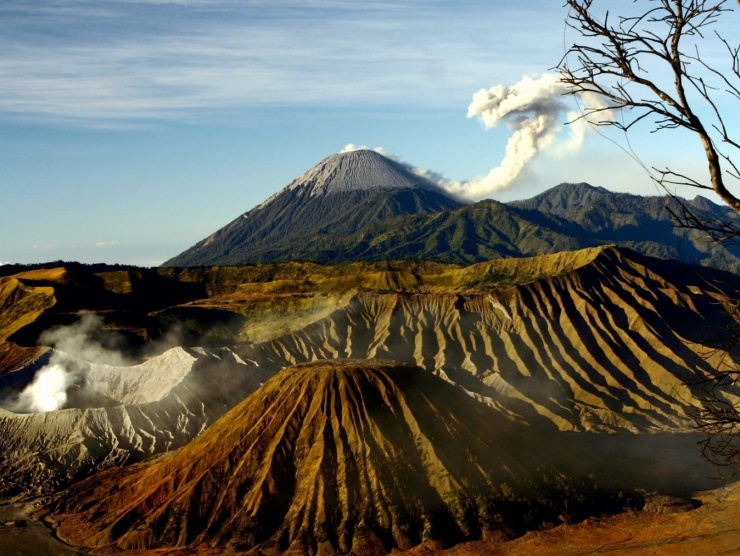
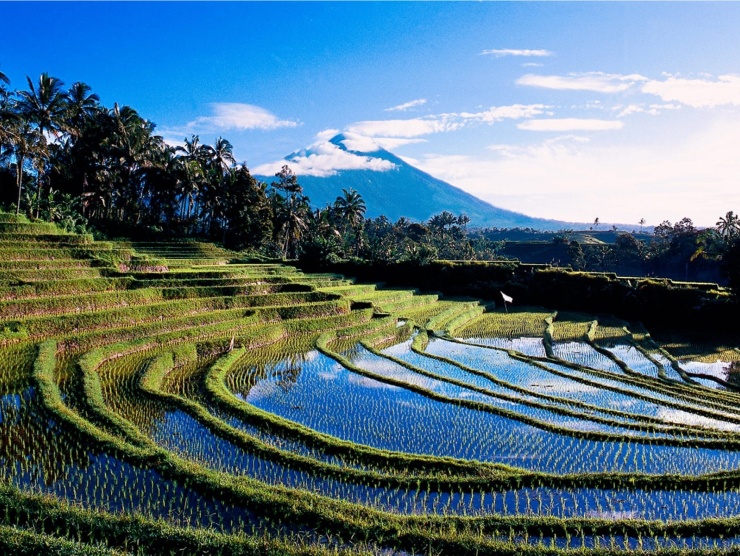
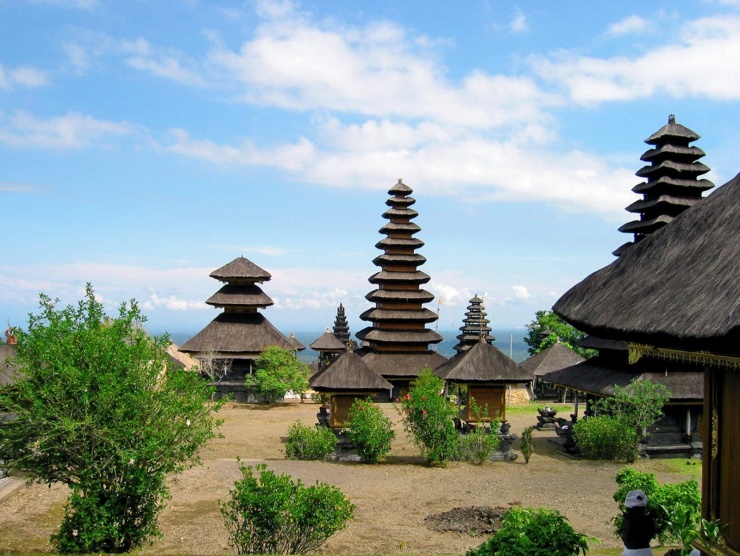
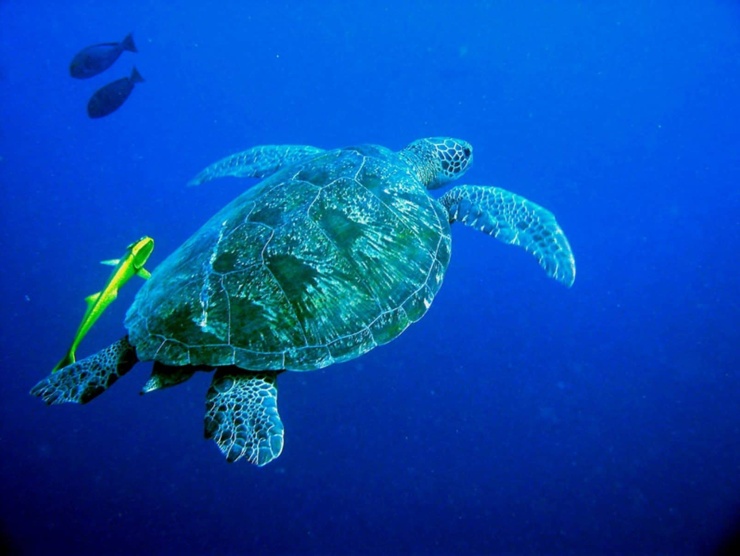
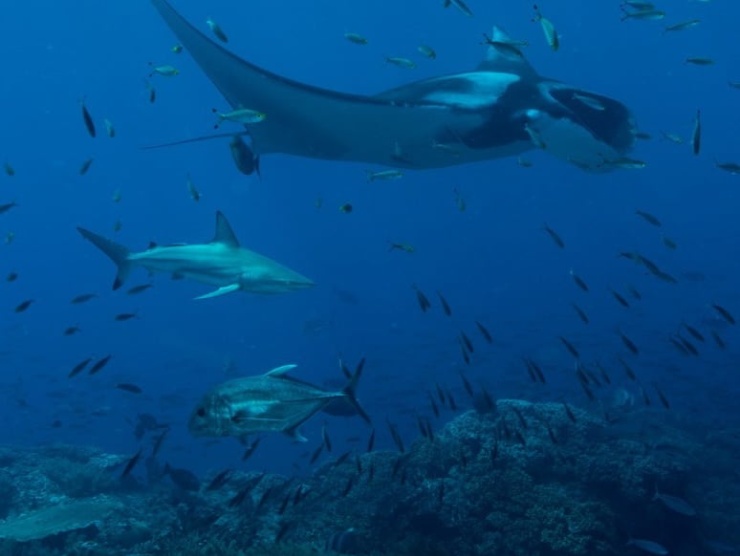
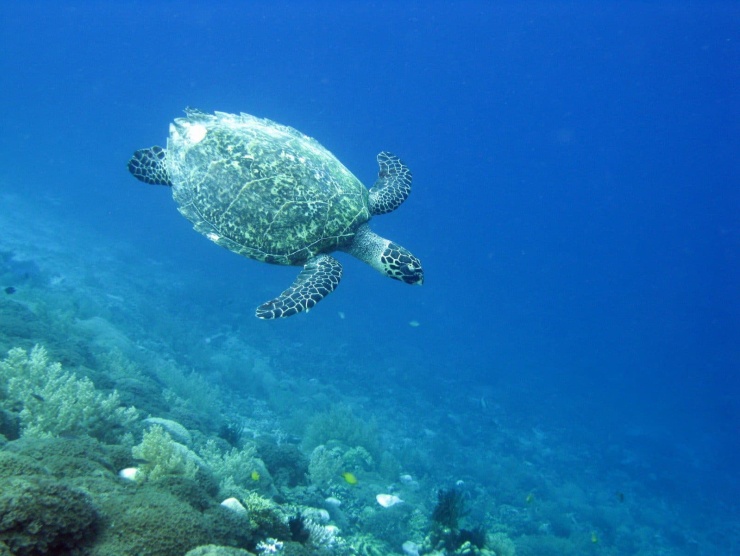
.jpg?resolution=740x556&quality=95)
.jpg?resolution=740x556&quality=95)
.jpg?resolution=740x556&quality=95)

